SNVS422D August 2006 – September 2015 LM2831
PRODUCTION DATA.
- 1 Features
- 2 Applications
- 3 Description
- 4 Revision History
- 5 Pin Configuration and Functions
- 6 Specifications
- 7 Detailed Description
-
8 Application and Implementation
- 8.1 Application Information
- 8.2
Typical Applications
- 8.2.1 LM2831X Design Example 1
- 8.2.2 LM2831X Design Example 2
- 8.2.3 LM2831X Design Example 3
- 8.2.4 LM2831Y Design Example 4
- 8.2.5 LM2831Y Design Example 5
- 8.2.6 LM2831Z Design Example 6
- 8.2.7 LM2831Z Design Example 7
- 8.2.8 LM2831X Dual Converters with Delayed Enabled Design Example 8
- 8.2.9 LM2831X Buck Converter and Voltage Double Circuit With LDO Follower Design Example 9
- 9 Power Supply Recommendations
- 10Layout
- 11Device and Documentation Support
- 12Mechanical, Packaging, and Orderable Information
Package Options
Mechanical Data (Package|Pins)
Thermal pad, mechanical data (Package|Pins)
Orderable Information
6 Specifications
6.1 Absolute Maximum Ratings
over operating free-air temperature range (unless otherwise noted)(1)(2)| MIN | MAX | UNIT | ||
|---|---|---|---|---|
| VIN | –0.5 | 7 | V | |
| FB Voltage | –0.5 | 3 | V | |
| EN Voltage | –0.5 | 7 | V | |
| SW Voltage | –0.5 | 7 | V | |
| Junction Temperature(3) | 150 | °C | ||
| Soldering Information | Infrared or Convection Reflow (15 sec) | 220 | °C | |
| Storage Temperature, Tstg | –65 | 150 | °C | |
(1) Stresses beyond those listed under Absolute Maximum Ratings may cause permanent damage to the device. These are stress ratings only, which do not imply functional operation of the device at these or any other conditions beyond those indicated under Recommended Operating Conditions. Exposure to absolute-maximum-rated conditions for extended periods may affect device reliability.
(2) If Military/Aerospace specified devices are required, please contact the Texas Instruments Sales Office/ Distributors for availability and specifications.
(3) Thermal shutdown will occur if the junction temperature exceeds the maximum junction temperature of the device.
6.2 ESD Ratings
| VALUE | UNIT | |||
|---|---|---|---|---|
| V(ESD) | Electrostatic discharge | Human body model (HBM), per ANSI/ESDA/JEDEC JS-001(1) | ±2000 | V |
(1) JEDEC document JEP155 states that 500-V HBM allows safe manufacturing with a standard ESD control process.
6.3 Recommended Operating Conditions
over operating free-air temperature range (unless otherwise noted)| MIN | NOM | MAX | UNIT | ||
|---|---|---|---|---|---|
| VIN | 3 | 5.5 | V | ||
| Junction Temperature | –40 | 125 | °C | ||
6.4 Thermal Information
| THERMAL METRIC(1) | LM2831 | UNIT | ||
|---|---|---|---|---|
| SOT-23 (DBV | WSON (NGG) | |||
| 5 PINS | 6 PINS | |||
| RθJA | Junction-to-ambient thermal resistance(2) | 163.4 | 54.9 | °C/W |
| RθJC(top) | Junction-to-case (top) thermal resistance(2) | 114.4 | 50.8 | °C/W |
| RθJB | Junction-to-board thermal resistance | 26.8 | 29.2 | °C/W |
| ψJT | Junction-to-top characterization parameter | 12.4 | 0.6 | °C/W |
| ψJB | Junction-to-board characterization parameter | 26.2 | 29.3 | °C/W |
| RθJC(bot) | Junction-to-case (bottom) thermal resistance | N/A | 9.2 | °C/W |
(1) For more information about traditional and new thermal metrics, see the Semiconductor and IC Package Thermal Metrics application report, SPRA953.
(2) Applies for packages soldered directly onto a 3” × 3” PC board with 2 oz. copper on 4 layers in still air.
6.5 Electrical Characteristics
VIN = 5 V unless otherwise indicated under the Test Conditions column. Limits are for TJ = 25°C. Minimum and Maximum limits are specified through test, design, or statistical correlation. Typical values represent the most likely parametric norm at TJ = 25°C, and are provided for reference purposes only.| PARAMETER | TEST CONDITIONS | MIN | TYP | MAX | UNIT | ||
|---|---|---|---|---|---|---|---|
| VFB | Feedback Voltage | WSON and SOT-23 Package | TJ = 25°C | 0.600 | V | ||
| –40°C to 125°C | 0.588 | 0.612 | |||||
| ΔVFB/VIN | Feedback Voltage Line Regulation | VIN = 3 V to 5 V | 0.02 | %/V | |||
| IB | Feedback Input Bias Current | TJ = 25°C | 0.1 | nA | |||
| –40°C to 125°C | 100 | ||||||
| UVLO | Undervoltage Lockout | VIN Rising | TJ = 25°C | 2.73 | V | ||
| –40°C to 125°C | 2.90 | ||||||
| VIN Falling | TJ = 25°C | 2.3 | V | ||||
| –40°C to 125°C | 1.85 | ||||||
| UVLO Hysteresis | 0.43 | V | |||||
| FSW | Switching Frequency | LM2831-X | TJ = 25°C | 1.6 | MHz | ||
| –40°C to 125°C | 1.2 | 1.95 | |||||
| LM2831-Y | TJ = 25°C | 0.55 | |||||
| –40°C to 125°C | 0.4 | 0.7 | |||||
| LM2831-Z | TJ = 25°C | 3 | |||||
| –40°C to 125°C | 2.25 | 3.75 | |||||
| DMAX | Maximum Duty Cycle | LM2831-X | TJ = 25°C | 94% | |||
| –40°C to 125°C | 86% | ||||||
| LM2831-Y | TJ = 25°C | 96% | |||||
| –40°C to 125°C | 90% | ||||||
| LM2831-Z | TJ = 25°C | 90% | |||||
| –40°C to 125°C | 82% | ||||||
| DMIN | Minimum Duty Cycle | LM2831-X | 5% | ||||
| LM2831-Y | 2% | ||||||
| LM2831-Z | 7% | ||||||
| RDS(ON) | Switch On Resistance | WSON Package | 150 | mΩ | |||
| SOT-23 Package | TJ = 25°C | 130 | |||||
| –40°C to 125°C | 195 | ||||||
| ICL | Switch Current Limit | VIN = 3.3 V | TJ = 25°C | 2.5 | A | ||
| –40°C to 125°C | 1.8 | ||||||
| VEN_TH | Shutdown Threshold Voltage | –40°C to 125°C | 0.4 | V | |||
| Enable Threshold Voltage | –40°C to 125°C | 1.8 | |||||
| ISW | Switch Leakage | 100 | nA | ||||
| IEN | Enable Pin Current | Sink/Source | 100 | nA | |||
| IQ | Quiescent Current (switching) | LM2831X VFB = 0.55 | TJ = 25°C | 3.3 | mA | ||
| –40°C to 125°C | 5 | ||||||
| LM2831Y VFB = 0.55 | TJ = 25°C | 2.8 | |||||
| –40°C to 125°C | 4.5 | ||||||
| LM2831Z VFB = 0.55 | TJ = 25°C | 4.3 | |||||
| –40°C to 125°C | 6.5 | ||||||
| Quiescent Current (shutdown) | All Options VEN = 0 V | 30 | nA | ||||
| TSD | Thermal Shutdown Temperature | 165 | °C | ||||
6.6 Typical Characteristics
All curves taken at VIN = 5 V with configuration in typical application circuit shown in Application Information section of this datasheet. TJ = 25°C, unless otherwise specified.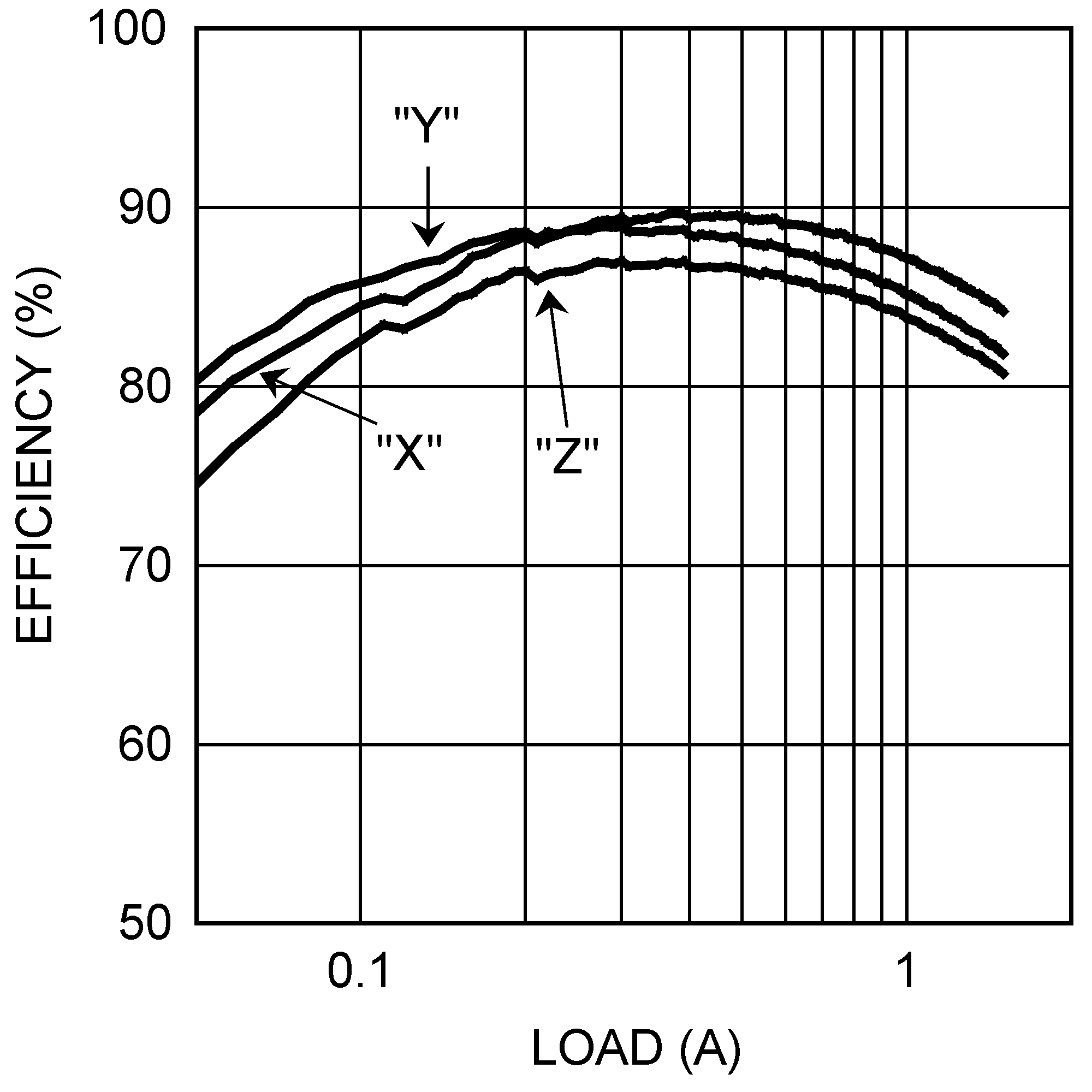
| VIN = 3.3 | VO = 1.8 V |
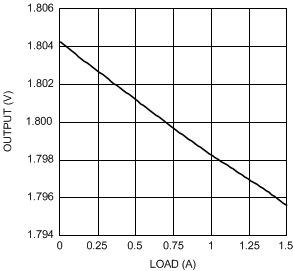
| VIN = 5 V | VO = 1.8 V (All Options) | |
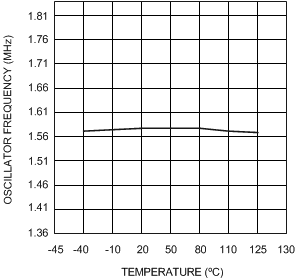 Figure 5. Oscillator Frequency vs Temperature – X Option
Figure 5. Oscillator Frequency vs Temperature – X Option
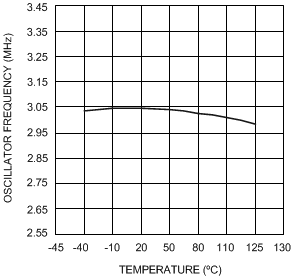
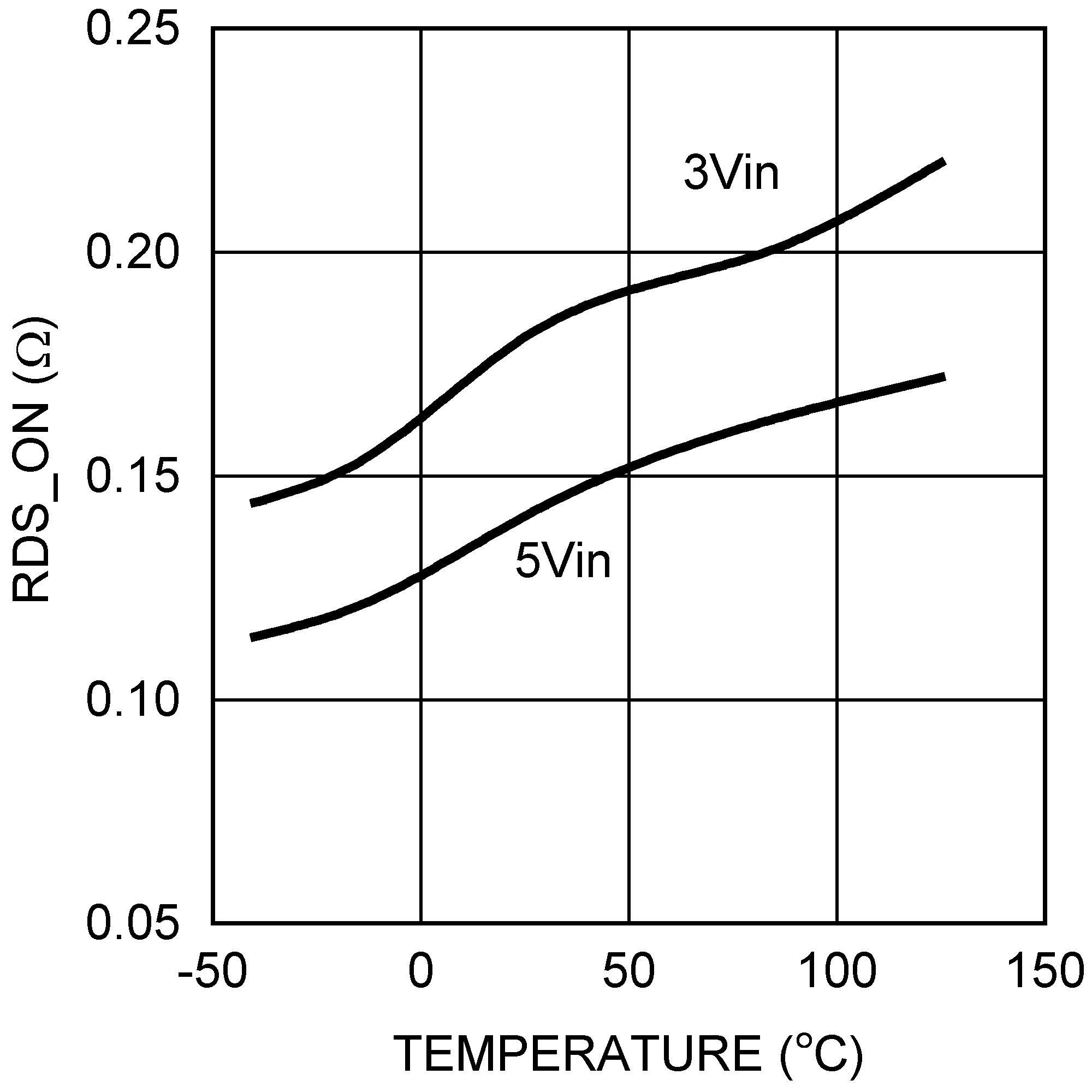 Figure 9. RDSON vs Temperature (WSON Package)
Figure 9. RDSON vs Temperature (WSON Package)
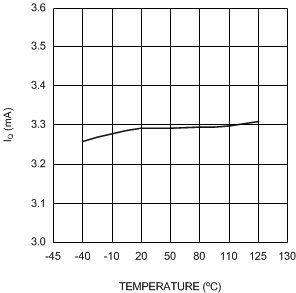 Figure 11. LM2831X IQ (Quiescent Current)
Figure 11. LM2831X IQ (Quiescent Current)
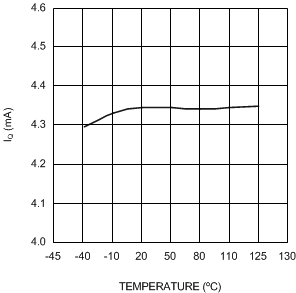
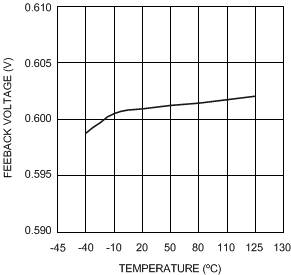
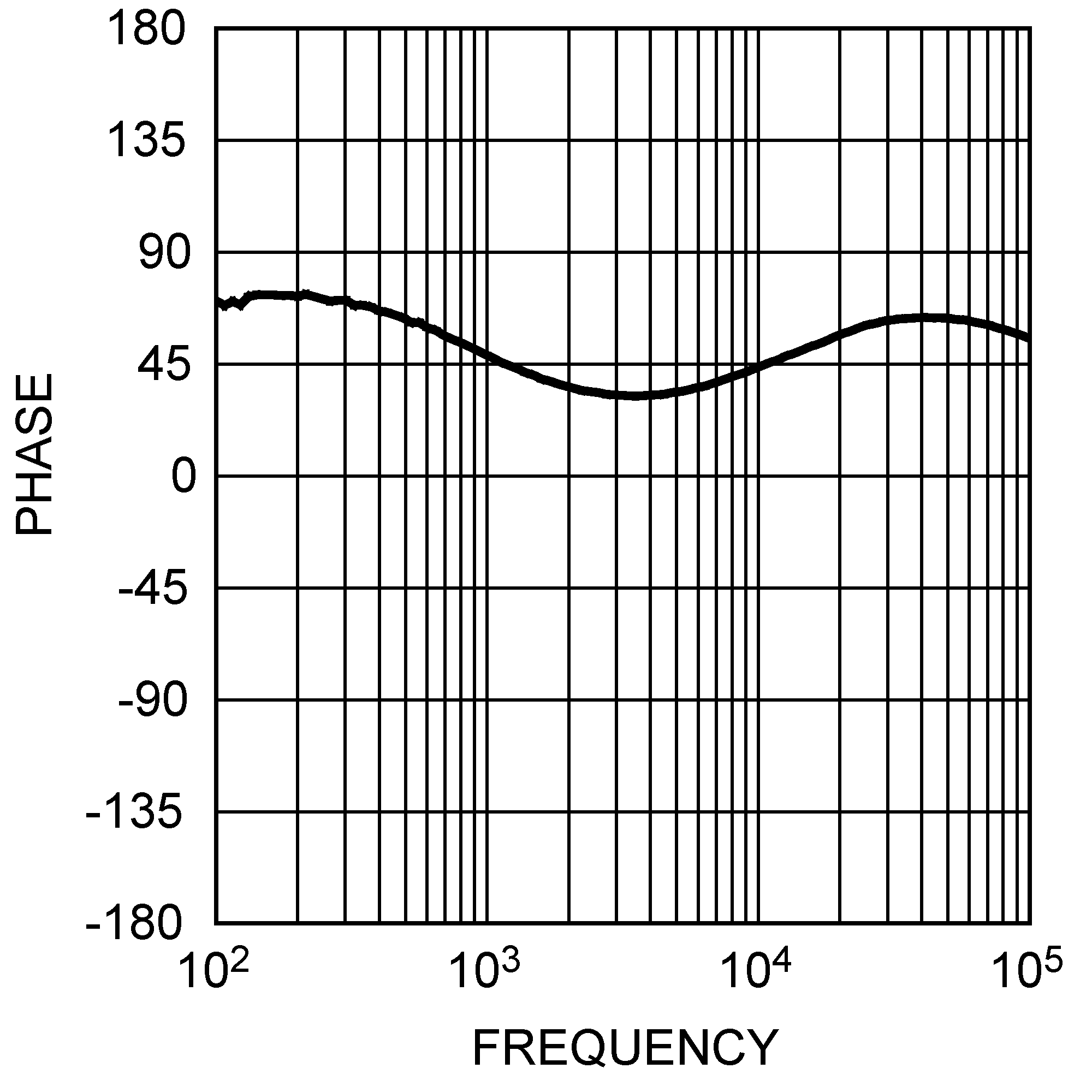
| VIN = 5 V | VO = 1.2 V at 1 A |
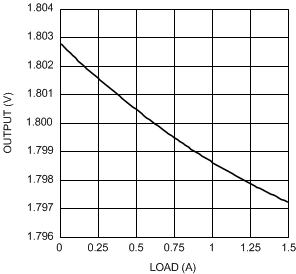
| VIN = 3.3 V | VO = 1.8 V (All Options) | |
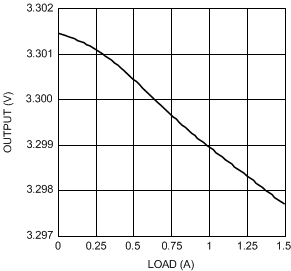
| VIN = 5 V | VO = 3.3 V (All Options) | |
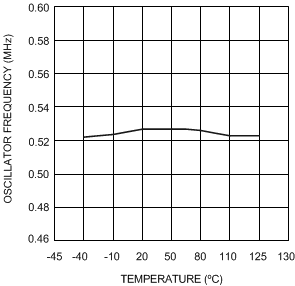 Figure 6. Oscillator Frequency vs Temperature – Y Option
Figure 6. Oscillator Frequency vs Temperature – Y Option
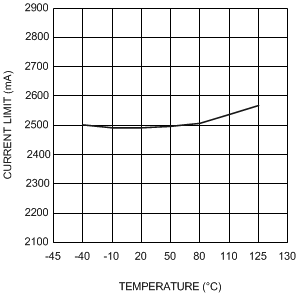
| VIN = 3.3 V |
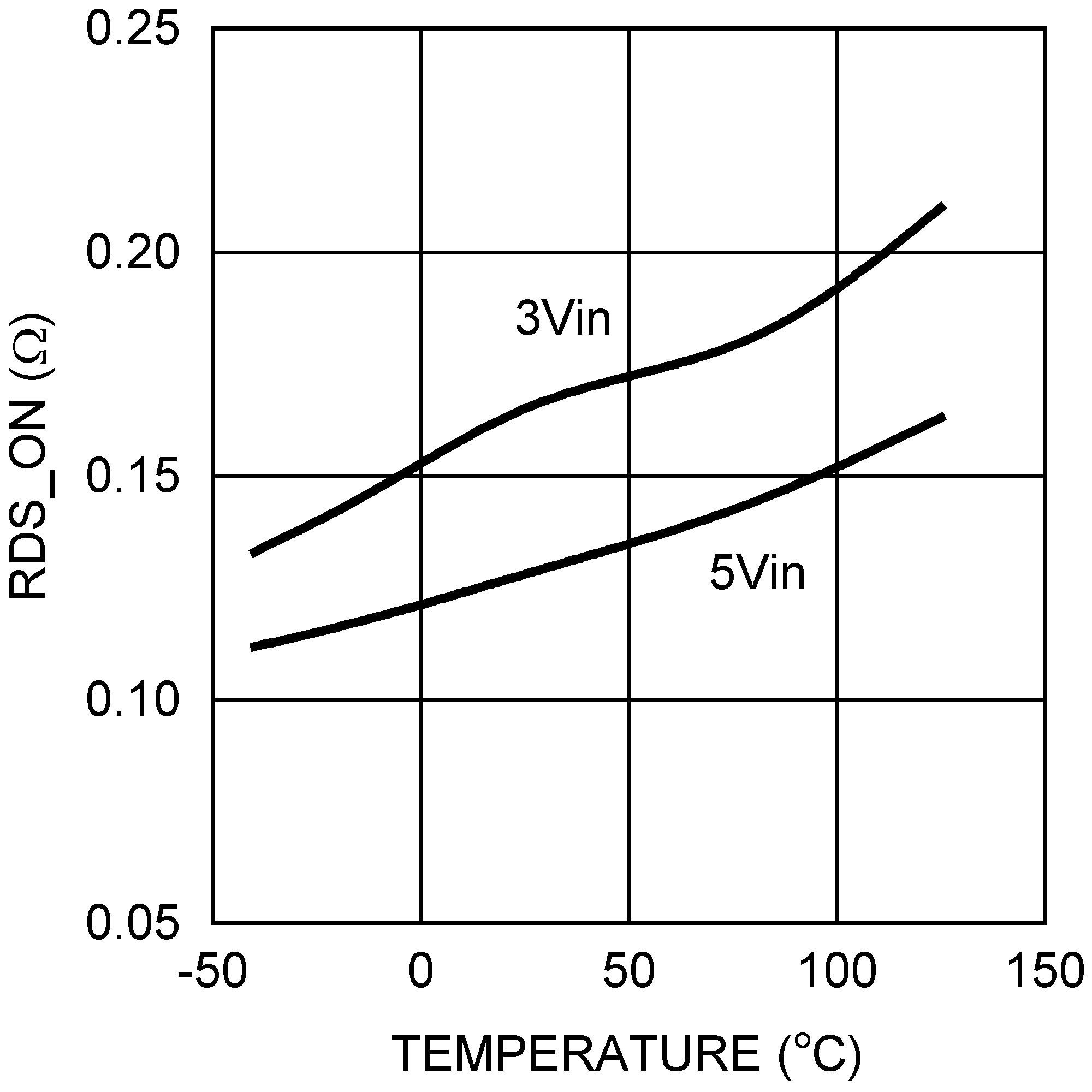 Figure 10. RDSON vs Temperature (SOT-23 Package)
Figure 10. RDSON vs Temperature (SOT-23 Package)
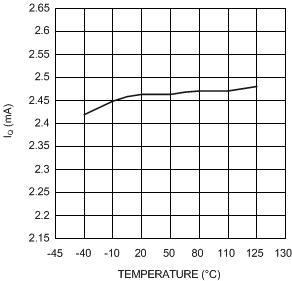 Figure 12. LM2831Y IQ (Quiescent Current)
Figure 12. LM2831Y IQ (Quiescent Current)
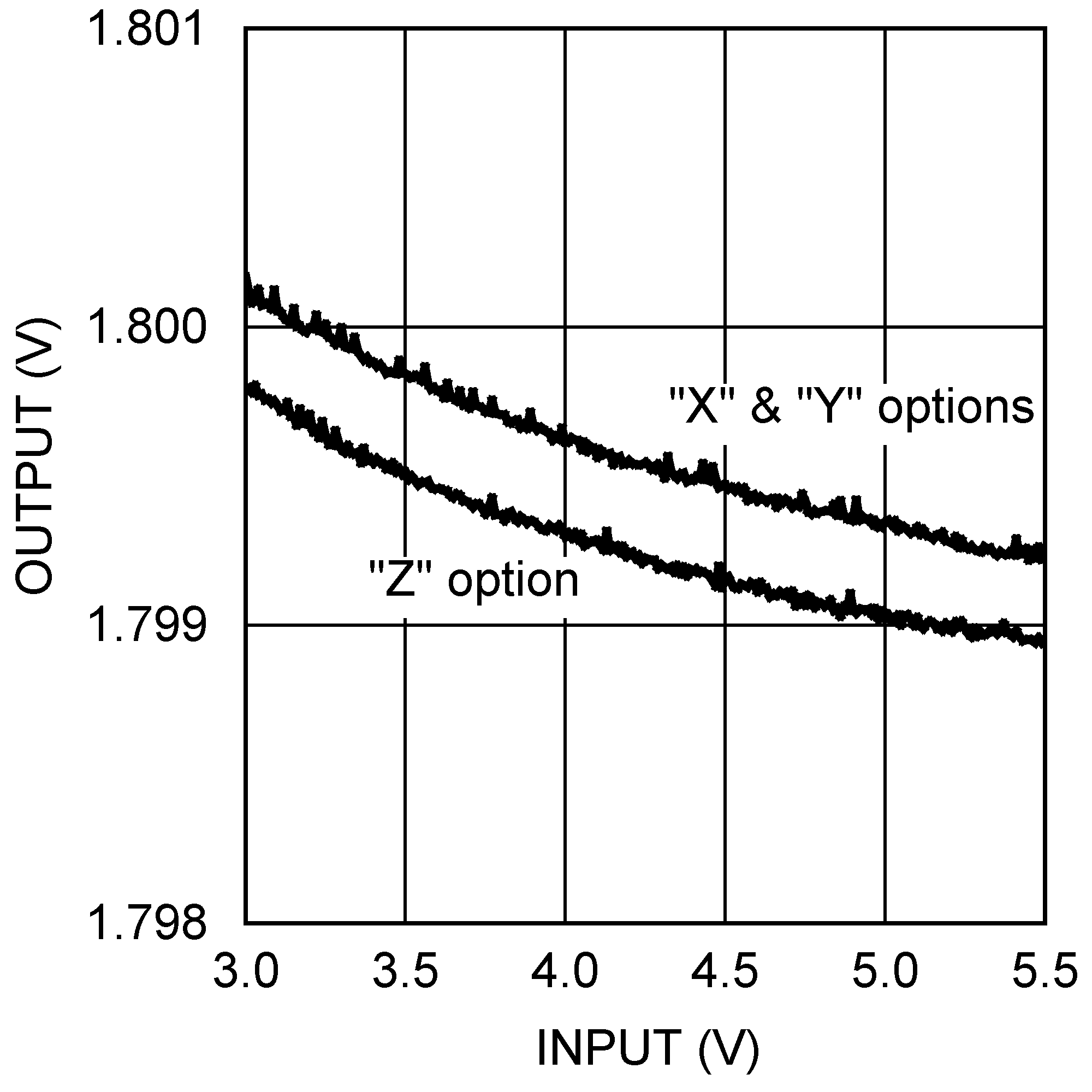
| VO = 1.8 V | IO = 500 mA |
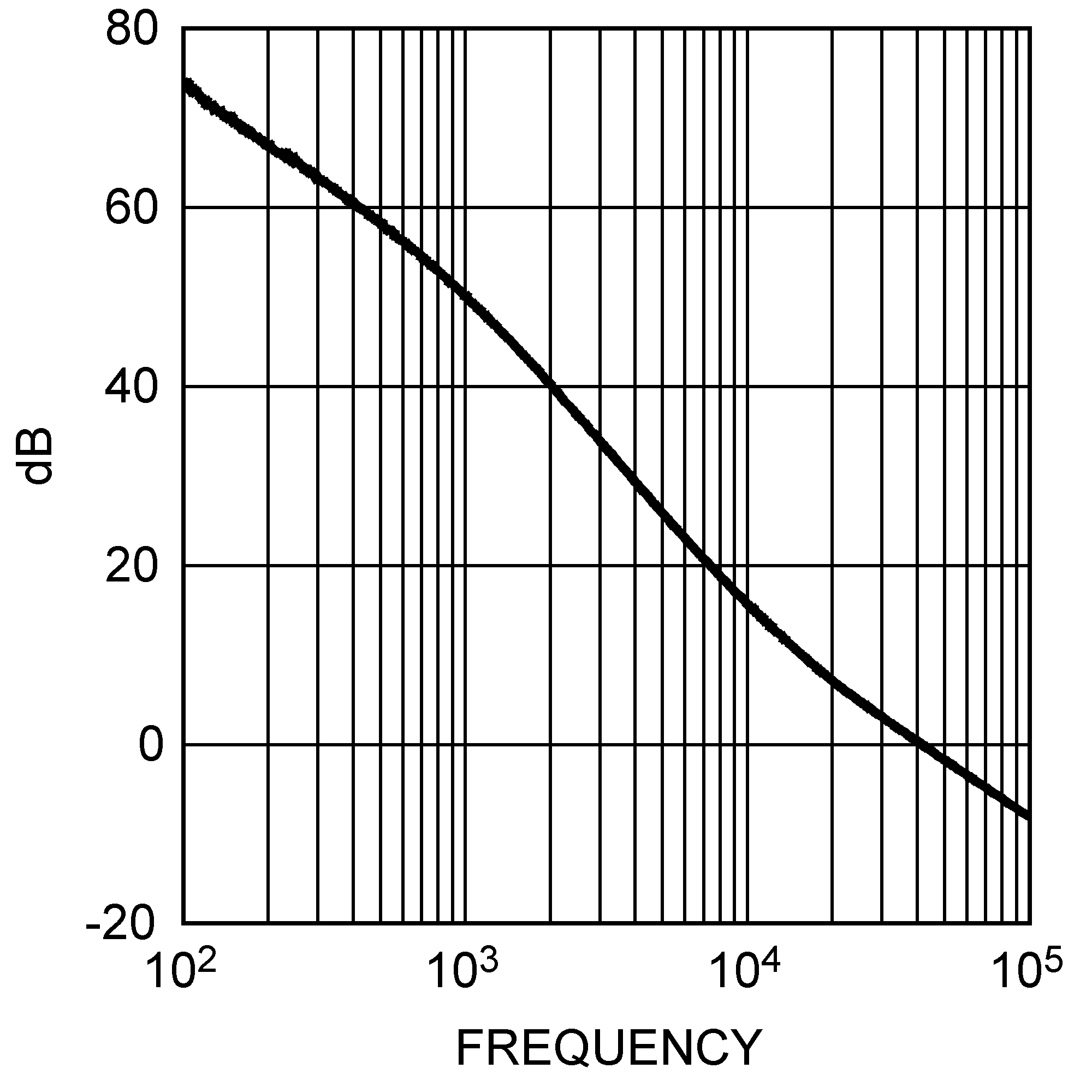
| VIN = 5 V | VO = 1.2 V at 1 A | |